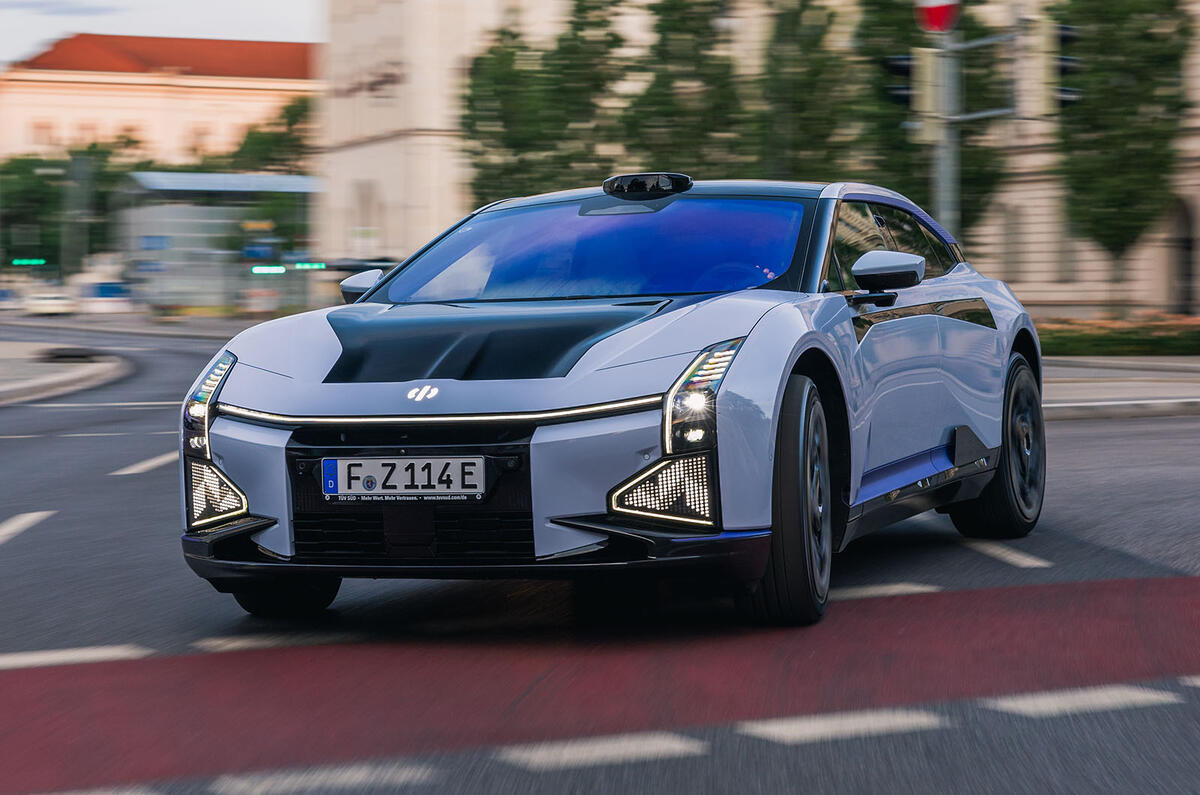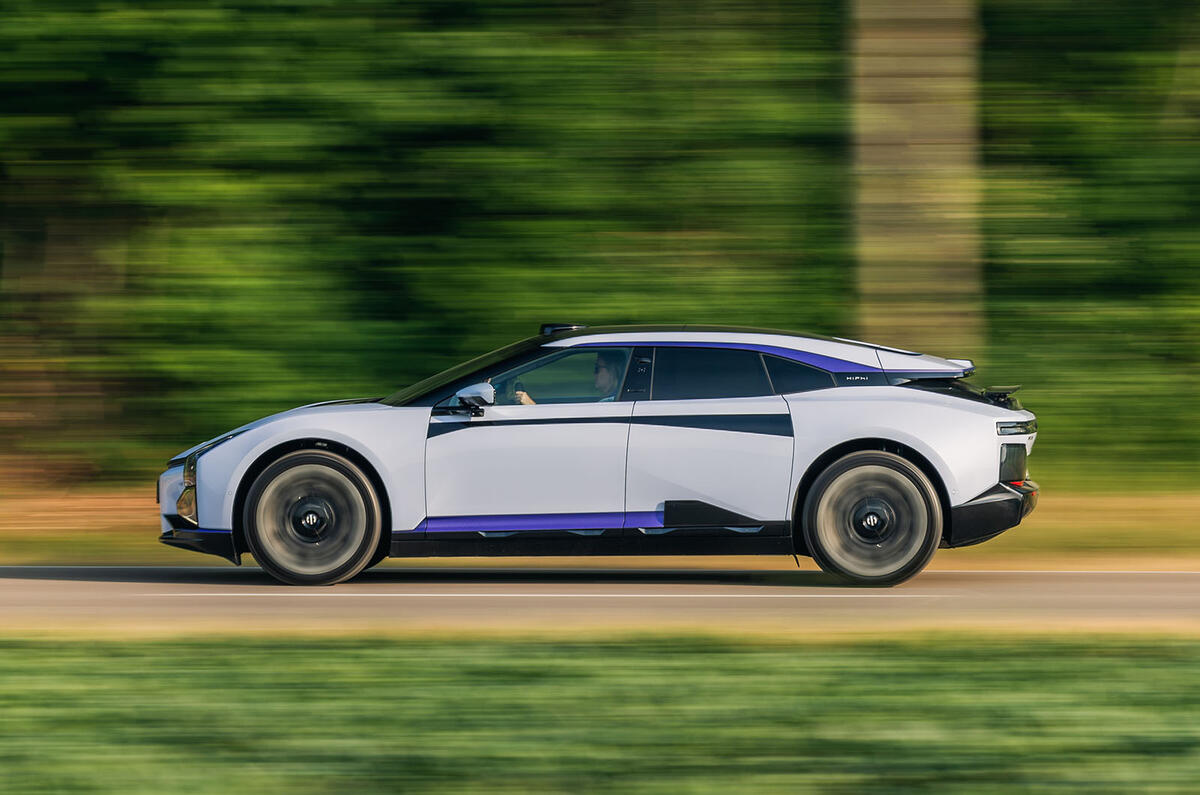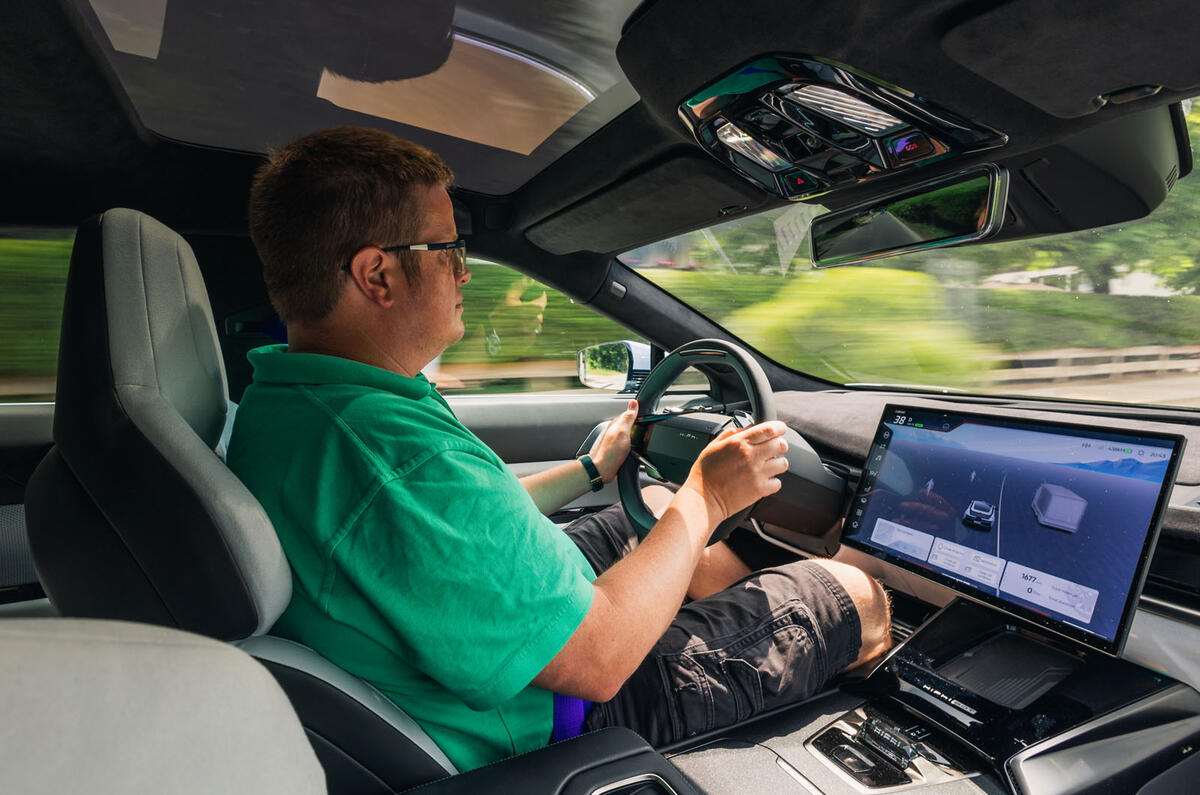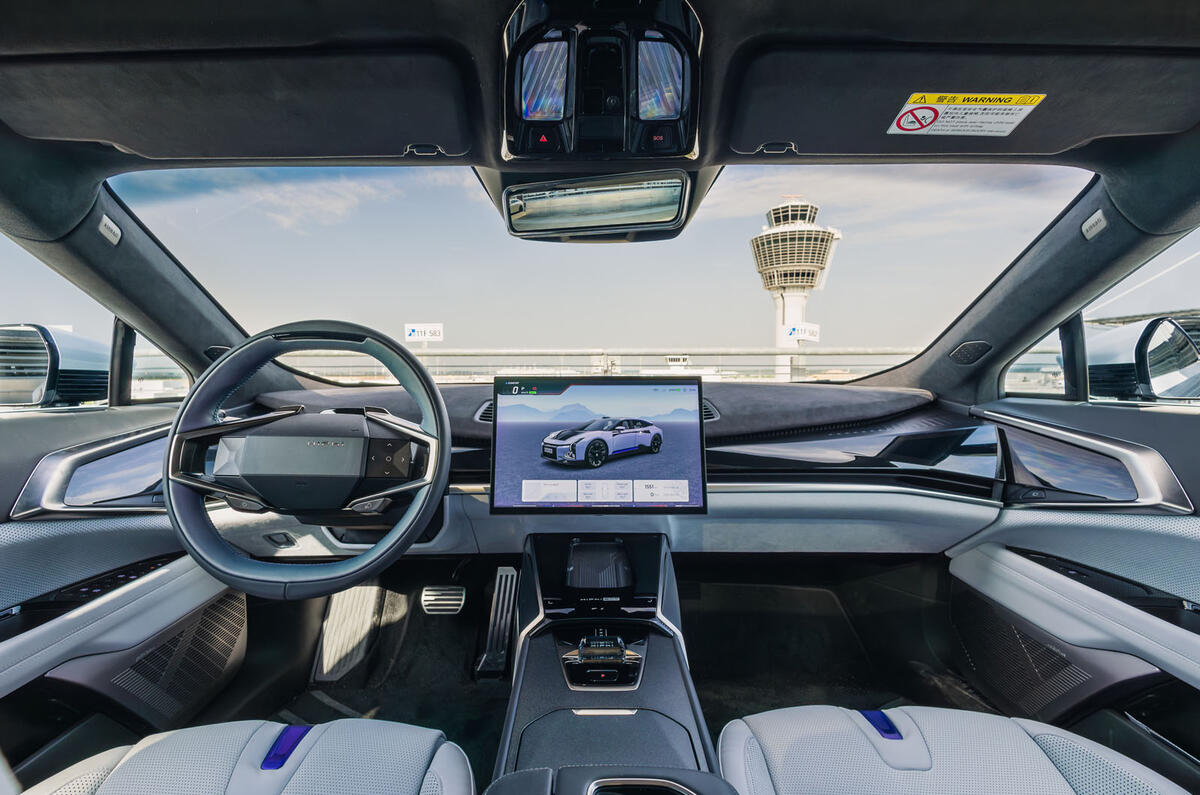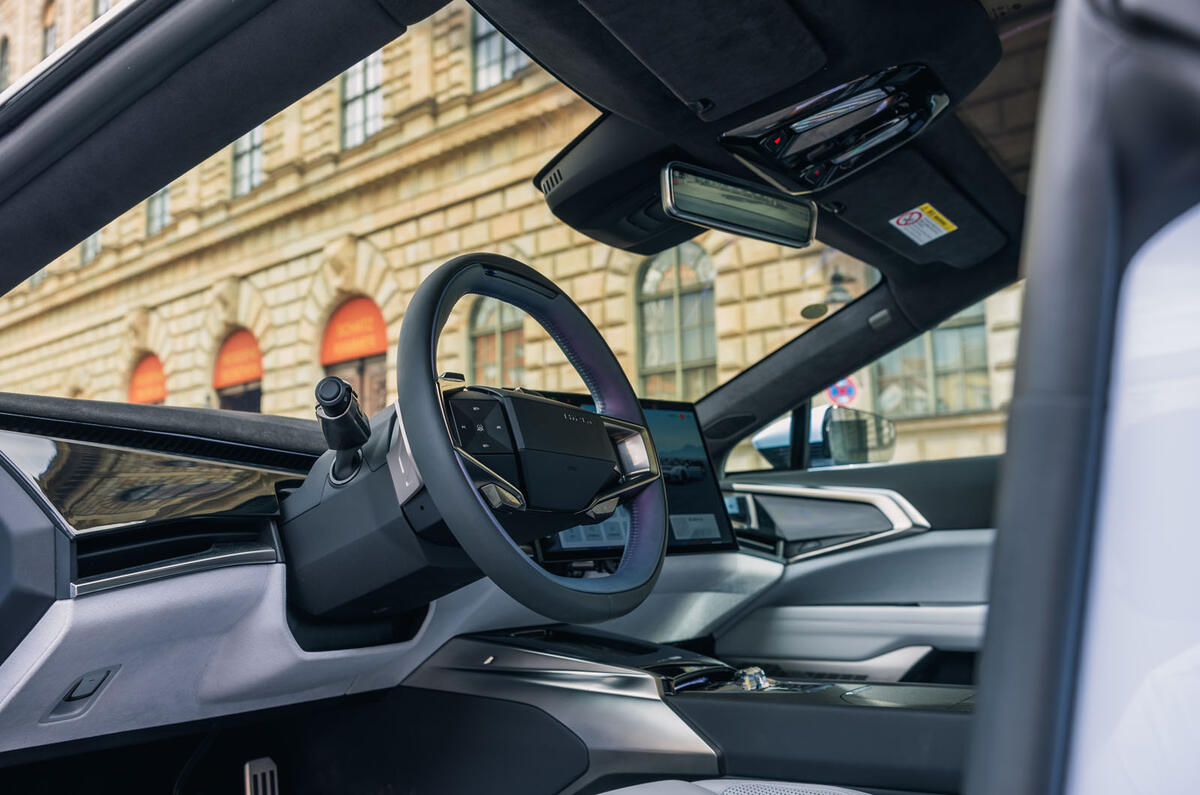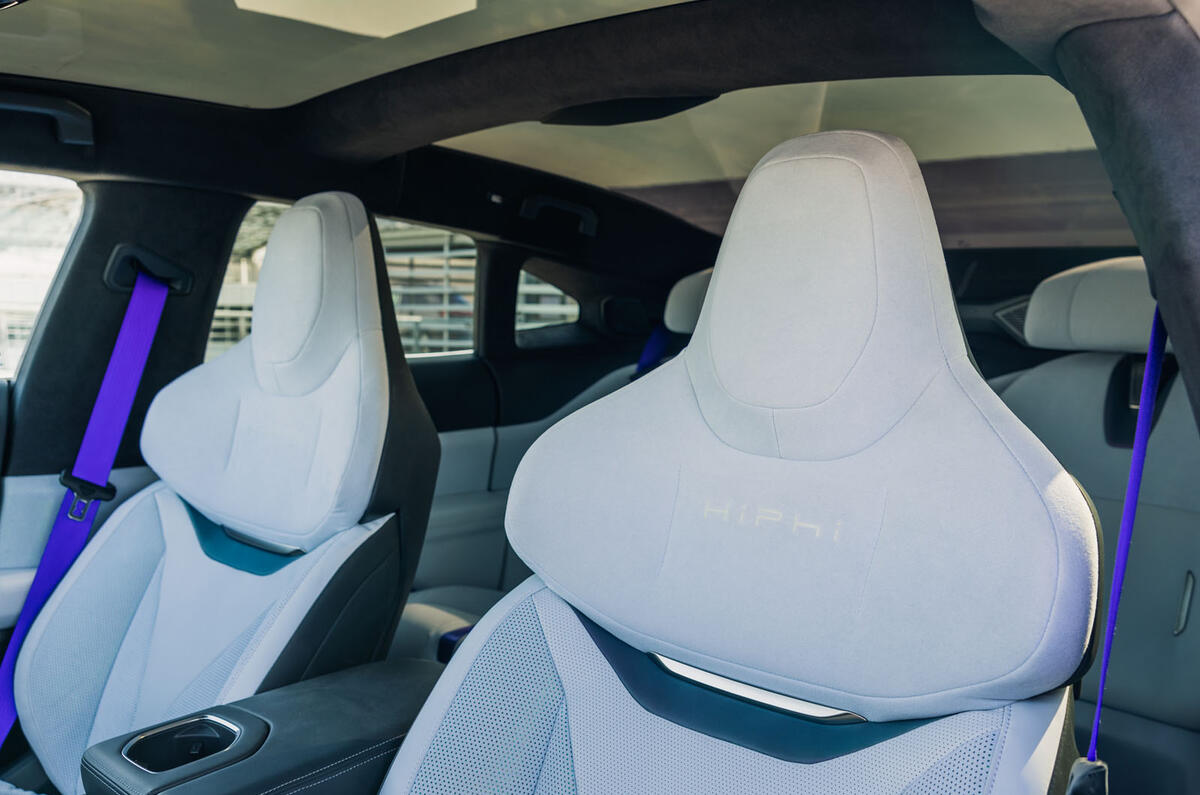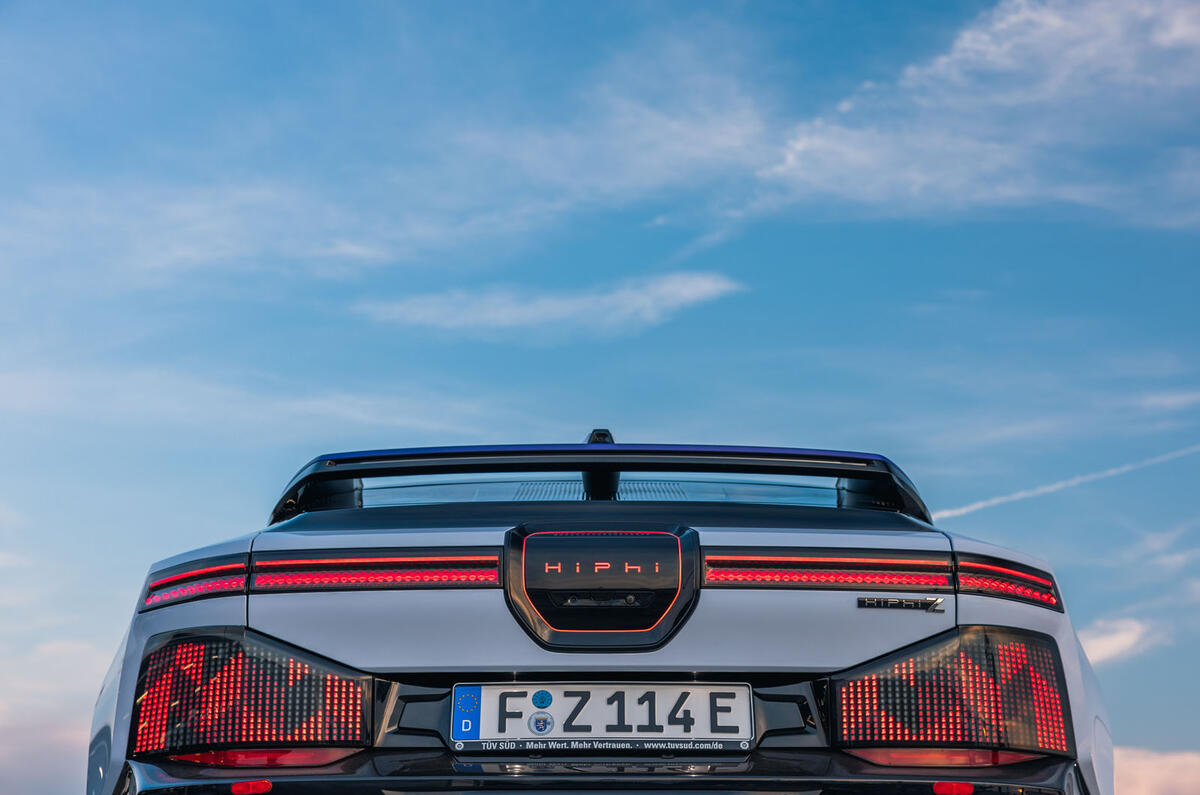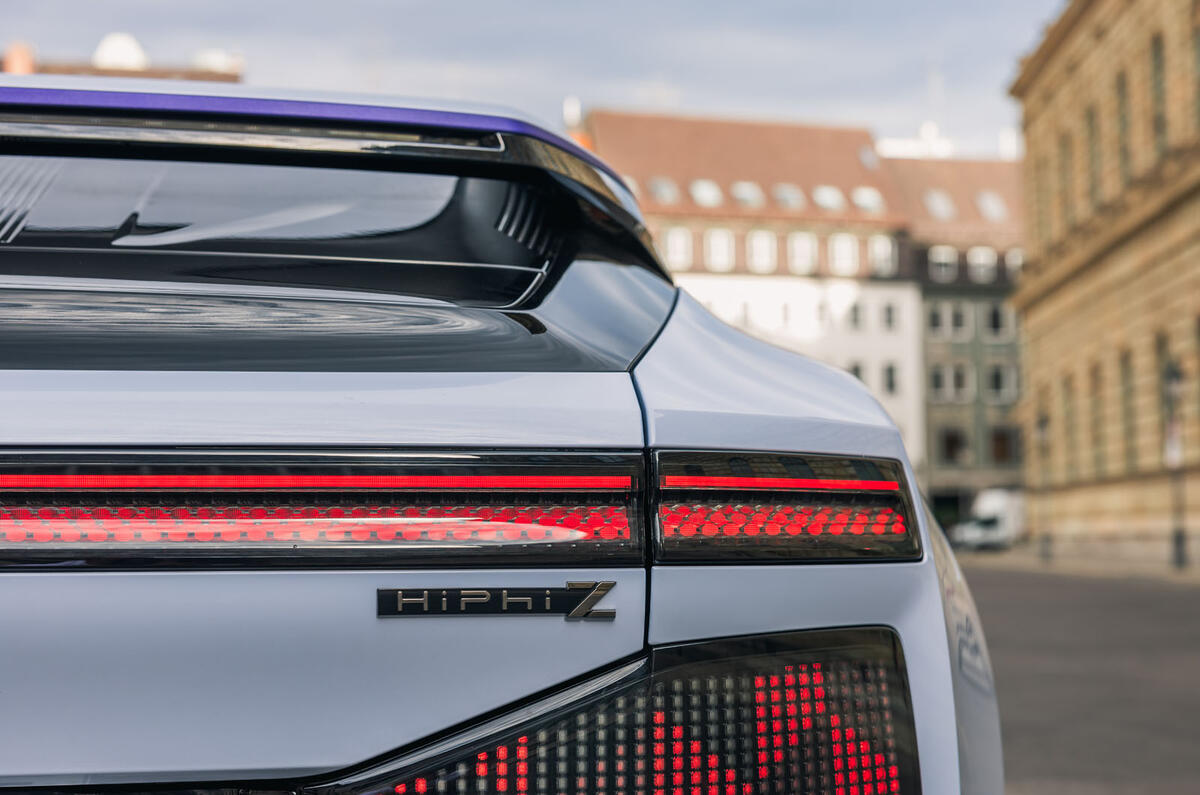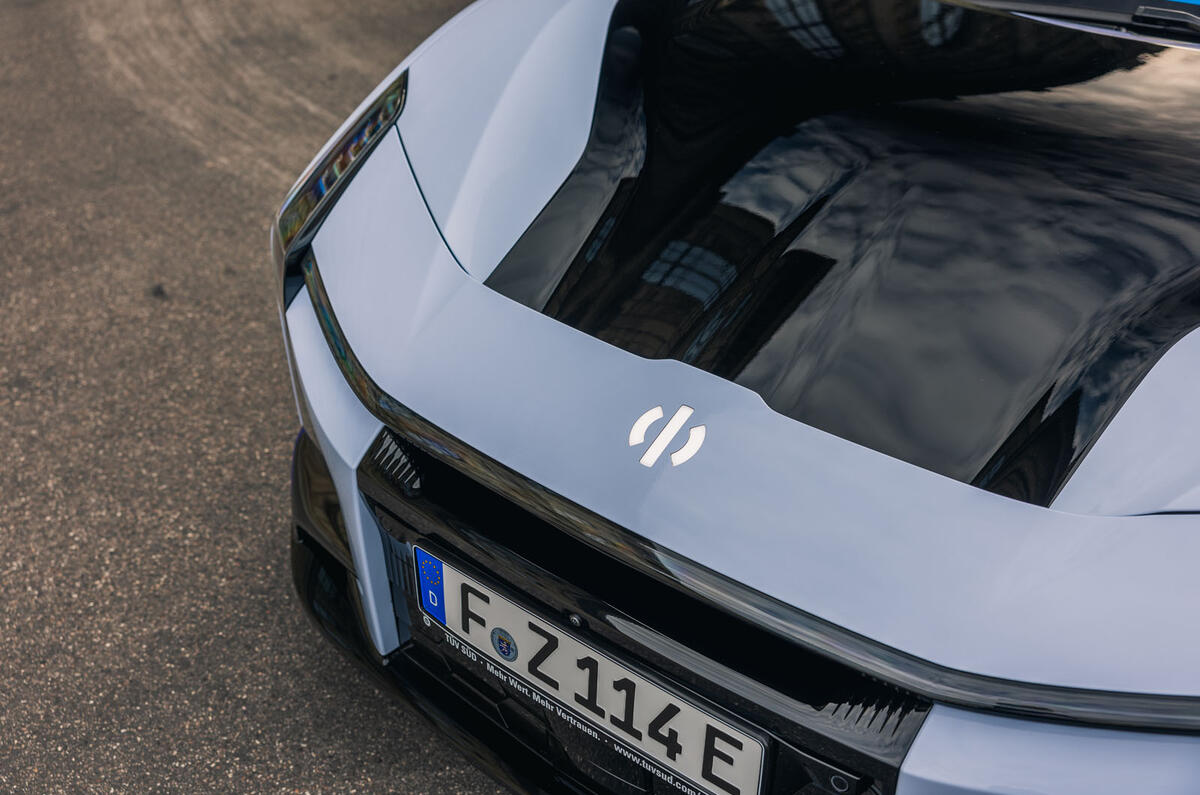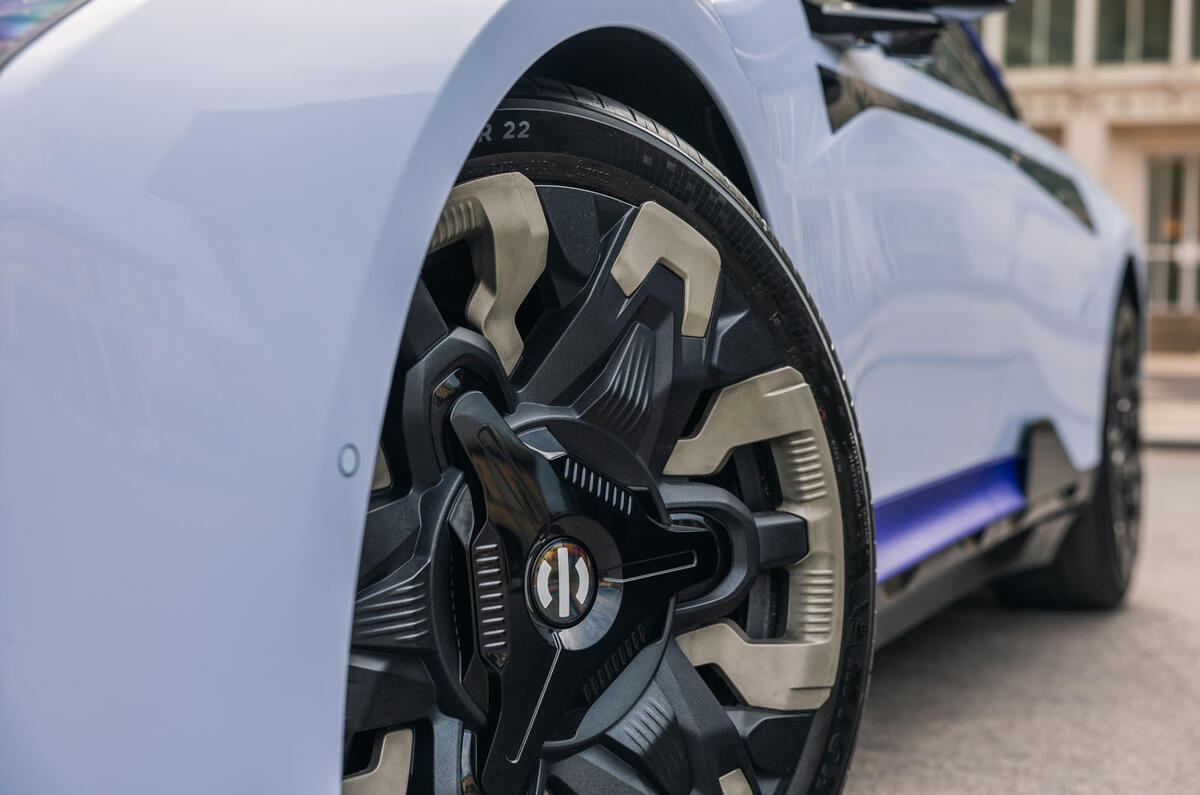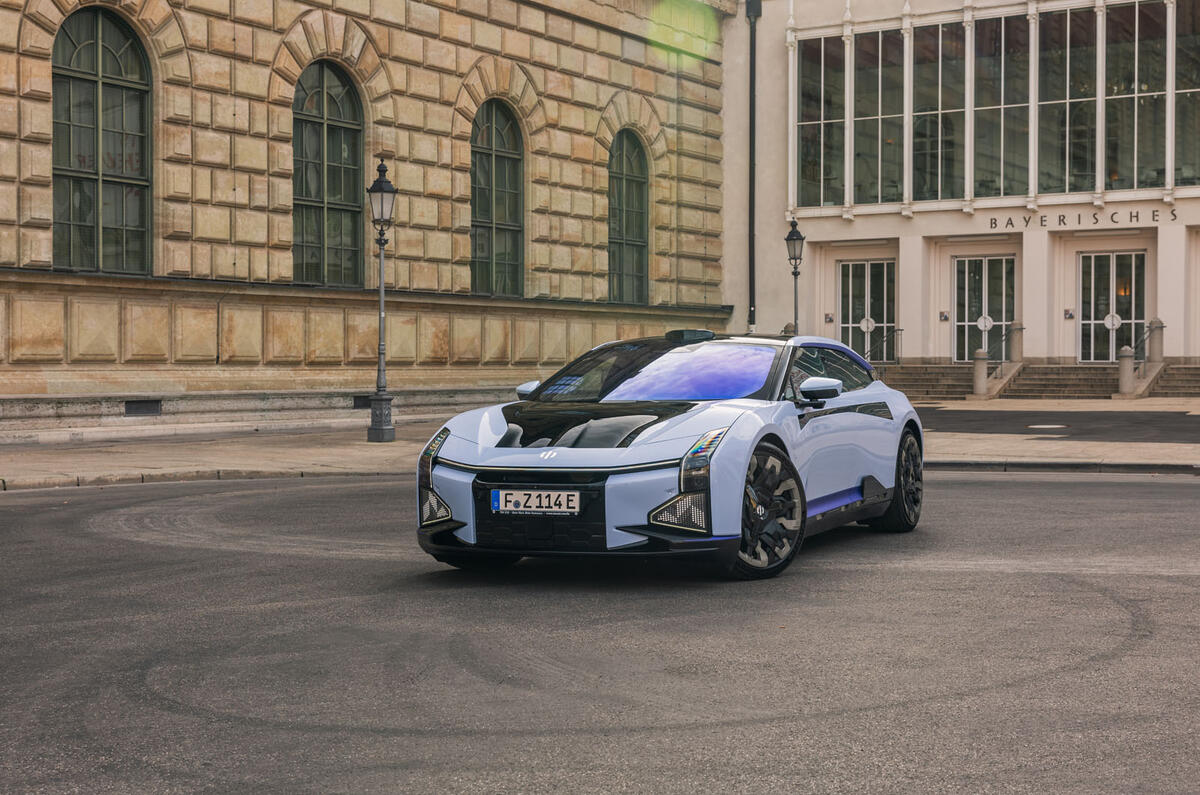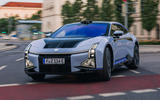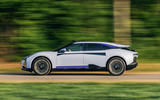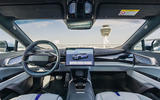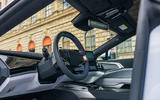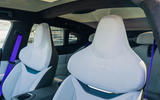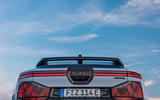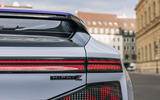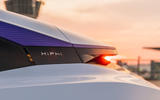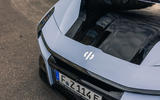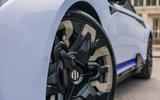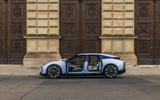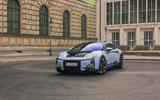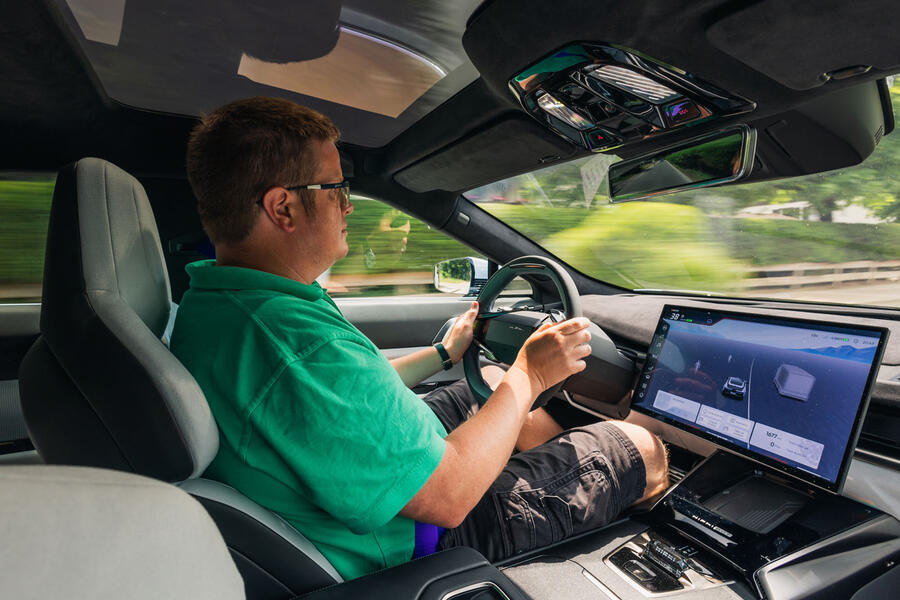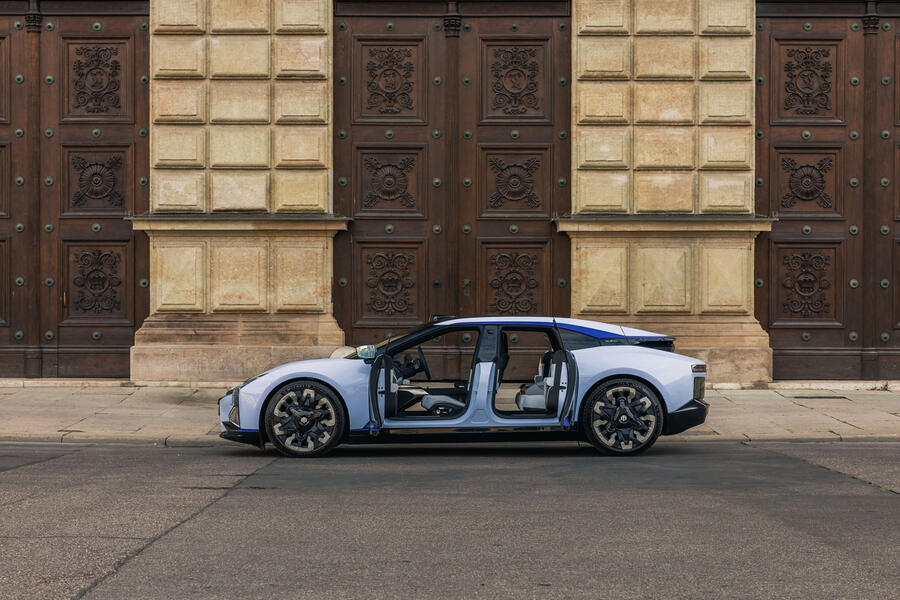HiPhi, the emergent automotive arm of ‘big tech’ group Human Horizons, is this week’s most important Chinese car brand you might never have heard of. Founded in 2017 from a will to create a new, Chinese-owned and -operated, truly forwards-facing luxury car brand, it is already on the cusp of launching its third model in just six years. That's a phenomenal rate of expansion by any reasonable measure and probably wouldn't have been possible anywhere other than The People's Republic.
Between its two established models, it has already claimed an equally remarkable 25% share of the luxury EV segment of its domestic market. As chief technical officer for the firm and ex-JLR top exec Mark Stanton admits, it doesn’t really need export volumes. “Our audience in China is younger buyers who’re now preferring Huawei electronics to Apple,” he says. “They’re realising that the old ‘west is best’ mentality on luxury goods needn’t apply any more. But our ambition was always to be a proper global brand and that’s where we’re going.”
And so, come September 2023, HiPhi will launch its two emergent EV models in Europe – specifically in Norway and Germany, with right-hand-drive UK sales due to follow in 2025. The HiPhi X crossover SUV, introduced in China in 2021, will lead a European sales bid that is likely to remain small in volume, at least until the cheaper HiPhi Y arrives in a few years. But the Human Horizons HiPhi Z (they insist it’s pronounced ‘zee’ not ‘zed’), the newer of the two European debut models, was only launched in China last year and is the more eye-catching prospect - for good reasons and, erm, some others.


